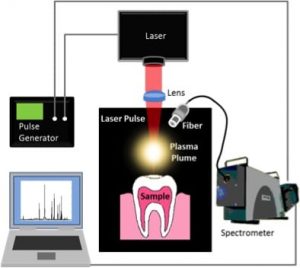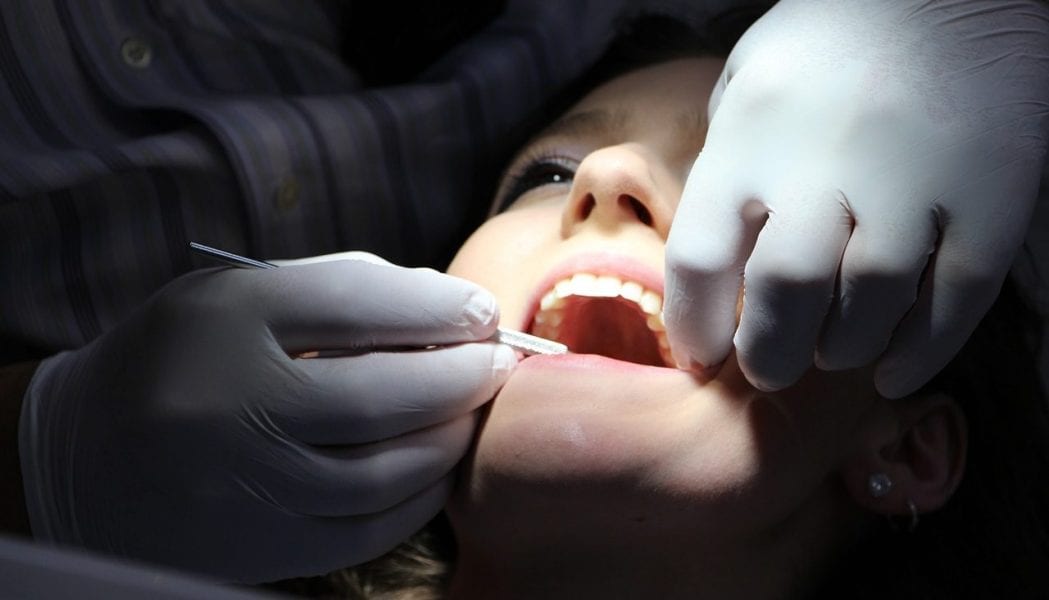The aim of any surgical, medical or dental intervention can be summarized as a successful treatment going hand-in-hand with goals like minimal invasiveness, little stress for the patient and the preservation of important anatomical structures. Looking at these demands, laser-based instruments appear to be the ideal tool, as they offer a number of advantages over the conventional approach; such as enabling a dry and clear operating field, good postoperative soft tissue healing and only little swelling of laser wounds when compared to conventional surgery.
One major drawback; however, is the lack of haptic feedback for the surgeon. As the actual penetration depth of the surgical laser is unknown, critical structures under or near the focus spot are prone to damage and this can lead to irreparable alterations on the nerve tissue which can then lead to the loss of sensory for example. In this context, an analytical method that determines what kind of tissue is being removed at the bottom of the cut may help prevent damaging important anatomical structures during a laser-surgery procedure. One such analytical method is Laser-Induced Breakdown Spectroscopy (LIBS). In LIBS, a short laser pulse is used to generate plasma from a sample’s surface. The emissions from this plasma can then be analyzed with a spectrometer to determine the elemental composition of the targeted sample.

Experimental LIBS measuring setup.
Several scientists from the Clinical Photonics Lab of the Friedrich-Alexander University in Germany investigated a new LIBS approach with the focus laid on those tissues that might be encountered in surgical or dental procedures in the oral cavity. They found out that their approach has the potential to gain information about the type of material that is being ablated by the laser beam: in the study 7 different porcine tissues from 6 animals were analyzed for their qualitative and semiquantitative molecular composition using LIBS. The gathered data was used to differentiate between the soft- and hard-tissues using a Calcium-Carbon emission based classifier seeing as hard tissue has a relatively higher concentration of Calcium. This successful study offers a basis for tissue selective laser surgery and can help improve dental treatment for both the practitioner and patient.

















